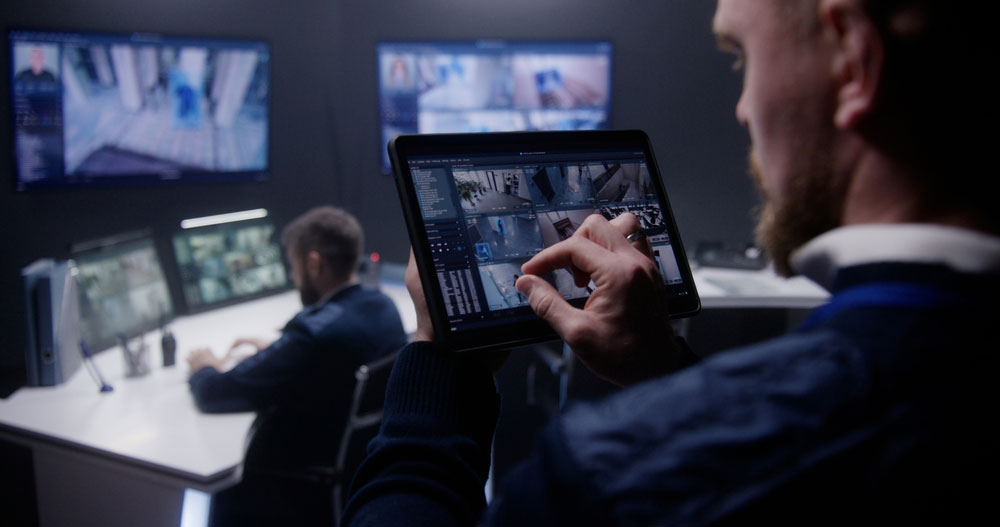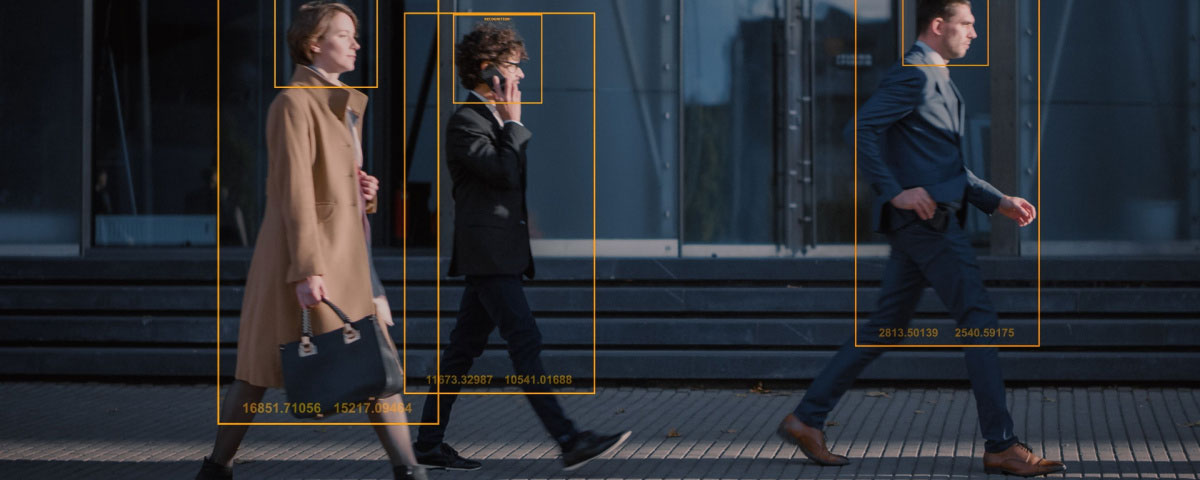Violent threats involving firearms continue to emerge in spaces once considered safe, such as schools, hospitals, offices, and public venues. As these risks evolve, organizations are turning to Visible Weapon Detection (VWD) systems to spot weapons the moment they appear. These technologies provide an automated, real-time method for identifying firearms using standard security cameras.
What is Visible Weapon Detection?
Visible Weapon Detection refers to a class of AI weapon detection systems designed to identify firearms, such as handguns, shotguns, and rifles, in live video feeds. These systems utilize existing CCTV or IP camera infrastructure to continuously monitor spaces, employing advanced computer vision algorithms trained to detect weapons based on their shape, context, and proximity to the human body.
Once a firearm becomes visible, the system analyzes multiple frames instantly, identifies the object with high confidence, and issues an alert within seconds. There is no need for special cameras or invasive hardware. This is software-based firearm detection designed for practical, wide-scale deployment.
How AI-Powered Gun Detection Works
The detection process begins with identifying the outline of a human body, including arms, torso, and legs, without collecting personal or biometric data. Once the system confirms a person is present, it scans for weapons within close range of the body, differentiating them from ordinary items like cell phones, tools, or umbrellas. Deep learning models enhance this recognition over time by learning from diverse data sets of weapon imagery.
The software examines each scene across multiple frames to confirm the presence of a firearm and track it. Context, such as whether the object is being held, drawn, or simply carried, is considered to reduce false positives. These systems also operate across a wide range of angles, distances, and lighting conditions, offering reliable coverage even in large or crowded environments.
Why Visible Weapon Detection has Become a Security Priority
Traditional security measures like metal detectors or manual screening create bottlenecks and are often impractical for open, high-traffic environments. VWD technology addresses this gap by offering a scalable, continuous layer of monitoring, capable of detecting firearms without disrupting movement or requiring physical checkpoints.
The value of this approach lies in its speed, precision, and ability to act as a force multiplier for human security teams. Instead of relying solely on manual observation or delayed reporting, organizations gain an automated tool that flags threats often before a weapon is drawn or used.
The psychological effect is also significant. The knowledge that intelligent detection systems monitor a space can discourage individuals from carrying weapons into restricted areas.

Where this Technology is Being Deployed
VWD systems are being installed across a wide range of environments, each with unique security challenges.
In schools, firearm detection software provides an unobtrusive way to increase safety without creating fear or slowing entry. Hospitals benefit from real-time threat alerts in sensitive areas like emergency departments or waiting rooms, where response time is critical. Corporate offices, retail stores, and government facilities are integrating VWD into their existing surveillance networks to strengthen perimeter security.
At event venues, stadiums, and transportation hubs, where traditional screening slows foot traffic, these systems help maintain safety while supporting uninterrupted flow.
Because most AI gun detection technology can integrate directly with current video management systems, implementation does not require a complete overhaul, just a thoughtful update to software and alert workflows.
Implementation Factors to Consider
Like any security tool, VWD must be deployed strategically. Camera placement has a direct impact on detection accuracy. Poor angles, low-resolution footage, and obstructed sightlines can reduce the system’s effectiveness. Lighting conditions, movement patterns, and crowd density are also important design factors.
False positives remain a risk, though less frequent than with earlier-generation technologies. Systems trained on large, diverse datasets are better equipped to distinguish between real weapons and harmless objects that share similar shapes or sizes.
Security teams must also consider how alerts are verified and acted upon. Detection is only useful if it feeds into a coordinated response, whether that means locking down an area, notifying law enforcement, or triggering a live monitoring review.
Privacy concerns are valid as well. While VWD systems typically avoid facial recognition or identity tracking, organizations should still be transparent about what is being monitored, how data is stored, and whether footage is retained or analyzed post-event.
A Practical Step toward Smarter Security
AI-powered weapon detection does not replace human judgment, but it significantly improves a team’s ability to detect and respond to active threats. When combined with strong operational protocols, clear lines of communication, and effective camera coverage, VWD adds a vital layer to a modern security strategy.
Organizations responsible for high-traffic or vulnerable spaces do not need to wait for a major incident to upgrade their systems. Firearm detection software can be deployed now, integrated into existing infrastructure, and configured to fit specific environmental and risk profiles.
The cost of inaction is high, but the path to smarter, faster, and more responsive security is already within reach. Need an expert? Contact AIS today.


